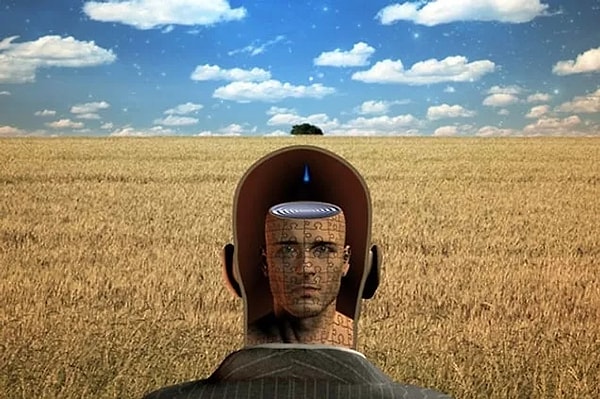15 Mindblowing Facts About Social Psychology You Wish You'd Know
Explore the depths of social psychology with us! From the intricacies of individual behavior to the dynamics of group interactions, this field is full of fascinating insights. Join us as we delve into the latest research and discover new ways to understand human behavior. You may be surprised by what you learn. Let's dive in!
1. Have you ever heard of the "bystander effect"?

The psychological effect that says that the number of people who witnessed the event and the number of people who took action in an emergency situation is inversely proportional is called the bystander effect. In other words, when you witness an emergency, if the number of spectators is high, your involvement in the event decreases with the thought of 'Someone can help'.
2. The presence of other people can have a significant impact on an individual's behavior and cognition.

As a matter of fact, this is called social facilitation and can lead to both increased and decreased performance, depending on the task at hand. But in general, the presence of someone around you has a significant impact on your behavior, even if they are not communicating with you.
3. The reason you feel relaxed and happy when you hug someone you love is your body's secretion of happiness hormone.

Hug your loved one!
4. The psychological discomfort that people feel when their beliefs and actions are inconsistent is called cognitive dissonance.

This theory was put forward by Leon Festinger. This feeling of discomfort can cause people to change their beliefs or behaviors to reduce dissonance. This change continues until beliefs and actions become consistent.
5. If you think someone is looking at you, look at your watch. If they look at their watch, it means they are looking at you.

This is a social cue that is used to determine if someone is paying attention to you. This method is often used as a subtle way to confirm if someone is paying attention to you.
6. According to a study, people see you 20 times more attractive than you think.

7. The saying "People like those who are like themselves" is true!

Actually, it's very simple, you start to be interested in that person by thinking that someone similar to you can understand you more.
8. A positive trait we think about a person also affects our overall assessment of that person.

This cognitive bias is also called the halo effect. For example, imagine you meet someone. The person next to you is also very attractive. Even if you don't have any evidence to support these perceptions, you start to think that all the good qualities are gathered in this person. For example, you may perceive the person in front of you as intelligent, kind, or cute.
9. We are more influenced by people we think are similar to us.

People are often more influenced by others they consider to be similar to them in some way, whether based on common characteristics, values, or beliefs. This is also known as the 'similarity-attraction effect'.
10. Our brain perceives rejection as a physical pain.

We guess that's why rejection hurts so much 😢
11. When crying from happiness, the first tear flows from the right eye, but if you cry from sadness, the tear falls from the left eye.

We are not sure of the accuracy of this information; shall we try it and meet in the comments?
12. The pain tolerance of women is higher than men.

Women are more likely to have experience with pain due to their menstrual cycles and the possibility of childbirth. This may lead to a greater ability to tolerate pain over time. Another possible explanation for the higher pain tolerance in women is the presence of estrogen, a hormone that has been linked to pain management.
13. Many people feel the need to follow orders or advice from authority figures, even if it goes against their own judgment.

This tendency is called 'authority bias' in psychology. Authority bias refers to the tendency for individuals to place more trust in authority figures or experts, even if their claims or actions are not necessarily logical or evidence based. It can lead to people accepting or following the ideas or decisions of authority figures without question, or even when these ideas or decisions may be harmful or irrational.
14. Studies show that couples who have been together for a long time become similar to each other over time.

Let's say something even more interesting, since couples make similar reactions and similar facial expressions, their wrinkles also become the same!
15. If you imitate your employer's facial expressions and gestures when you are in an interview, your chances of getting hired increase.

Those who watch The Office know that this is Andy's tactic!
Which fact surprised you the most? Tell us in the comments!
Keşfet ile ziyaret ettiğin tüm kategorileri tek akışta gör!


Send Comment